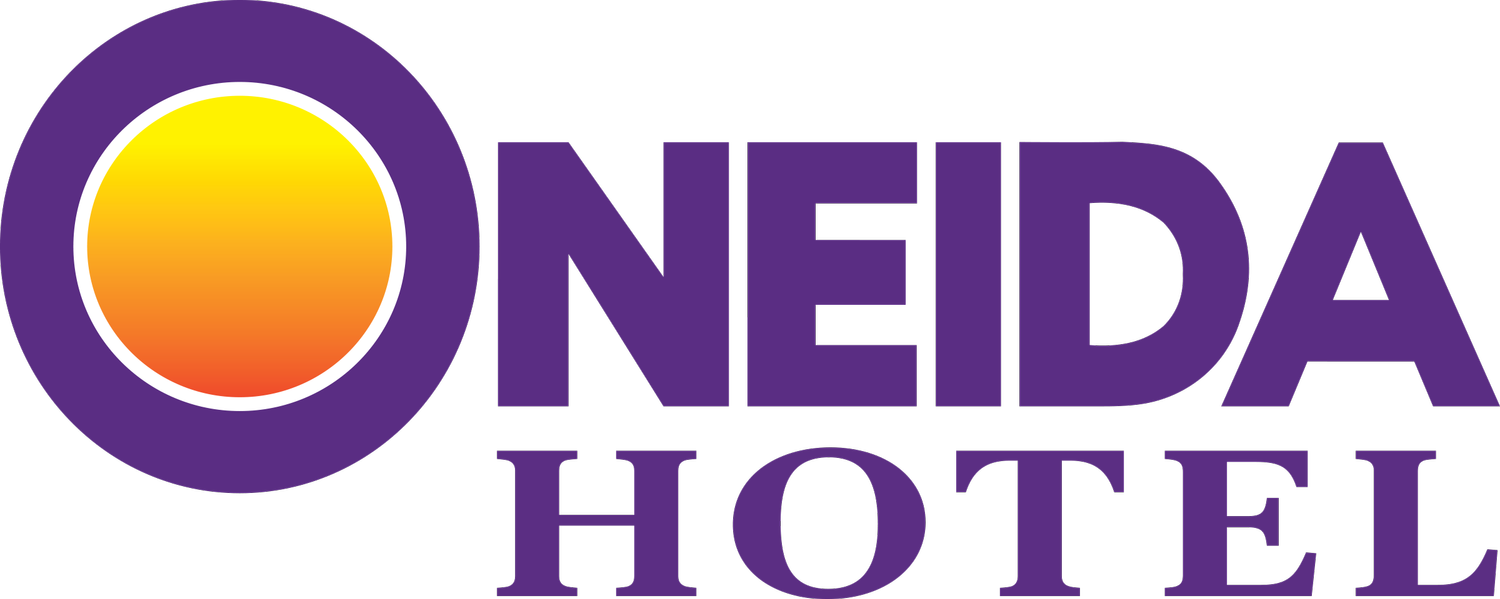Photo courtesy Emergency Management
 It’s been three months since the Oneida Nation began feeling the numerous impacts stemming from the COVID-19 pandemic, and the tribe’s Emergency Management (EM) Department continues to help coordinate the nation’s response and assist Public Health. Putting together an effective emergency response to such a wide-sweeping, prolonged event like this is an extremely challenging undertaking.
It’s been three months since the Oneida Nation began feeling the numerous impacts stemming from the COVID-19 pandemic, and the tribe’s Emergency Management (EM) Department continues to help coordinate the nation’s response and assist Public Health. Putting together an effective emergency response to such a wide-sweeping, prolonged event like this is an extremely challenging undertaking.
“We pull together specific people for an Incident Command Team when we’re looking at an emergency or disaster,” EM Director Kaylynn Gresham said. “In this particular instance we coordinated with the Chief of Police, our Public Health Officer, Debbie Danforth, Dr. Vir, our Business Committee, and the people on the COVID-19 Core Team. Depending upon the nature of the emergency we might also coordinate with the Department of Public Works, Environmental Health & Safety, Governmental Services, Housing, and other departments within the Nation. They would all be involved in the decision-making processes based upon their areas of expertise and the services they provide to our community members.
“In this case we’ve provided suggestions to the COVID-19 Core Team on what the protocols are from the World Health Organization (WHO), the Centers for Disease Control and Prevention (CDC), what the state is doing, and how local Public Health is responding,” Gresham said.
Prior to the Public Health State of Emergency Declaration, EM provided training to various areas within the tribal organization explaining what COVID-19 was and how to combat it. “Telecommuting came out of this, as did the wearing of masks, and building sanitization procedures,” Gresham said. “And as we move through this EM is providing guidance to departments as they develop their re-opening plans,” Gresham said.
One of the biggest initial challenges faced was the acquisition of personal protection equipment (PPE) as a supply shortage gripped Turtle Island. “The shortage isn’t as bad now, but we submitted requests to the State of Wisconsin to let them know what PPE we need for our health care workers, law enforcement, and other essential workers,” Gresham said.
“There are six different metrics that the state follows before we can reopen, and three of them are still red which means we are halfway there,” Gresham said. “As these metrics are met the risk level decreases. So, we’re looking at the best way to bring people back to work while limiting or minimizing their risks. If you’re in a wide-open building with 200-300 people, or in open-air cubicles, figuring out how we can continue to social distance and minimize risks to people is how the Nation is looking to bring people back.”
Some of the decisions made regarding the Nation’s response to the pandemic haven’t been popular in the community, but they’ve been necessary. “These are very tough calls to make,” Gresham said. “I understand people are getting antsy and not happy with some of decisions we’ve made, but because of the tough decisions we’ve made we’ve experienced less positive COVID-19 cases within the Oneida Nation Reservation boundaries.
“Recently extending the Safer at Home directive (through July 12) helps the Nation continue to implement social distance requirements,” Gresham said. “It also gives the Nation time to ensure we have the proper measures in place so when we do reopen, in a phased and controlled approach, we’re able to provide the necessary equipment needed and that appropriate projects are completed. For example, we have plexiglass and barrier requirements going into certain buildings. It takes time to install those protective measures, and it gives the nation time to address every single area of our organization that needs to meet those requirements, not just gaming or retail. We need to ensure our employees are and feel safe at work.”
As the Oneida Nation works its way through the COVID-19 pandemic and begins the process of reopening, EM’s mission continues. “Some people may not fully understand what EM is and does,” Gresham said. “We would like people to understand that Emergency Management is like the go-to department in an emergency or disaster that helps coordinate all of our nation’s responses from the necessary areas and agencies that help us address the current situation. We are not literal boots on the ground. For example, if somebody calls and says they have a tree down on the road, we don’t go and pick that tree up. We make the phone calls to DPW to get the tree picked up and the police to assist with traffic control.
“Emergency Management helps manage the various moving parts and we make sure the nation’s emergency response plan is up to date and in order,” Gresham said. “Our response plan is a roadmap for how to respond to an emergency. It’s an overarching roadmap and we assist all the different areas to receive whatever it is they need to effectively respond to the crisis. It’s really all about networking and having all of the necessary contacts, and then knowing where or how to acquire supplies that certain areas might need.”
After months of being tasked with handling an ongoing emergency that couldn’t have been predicted, EM is extending their gratitude to the Oneida community. “We want to thank the community for their continued support and abidance with the extended Safer at Home request,” Gresham said. “Because of their due diligence and continued behaviors, they’ve been the ones who contributed to our low number of cases and losses. Even though it’s been difficult to do this, these are indeed the reasons why our numbers are where they are.”






